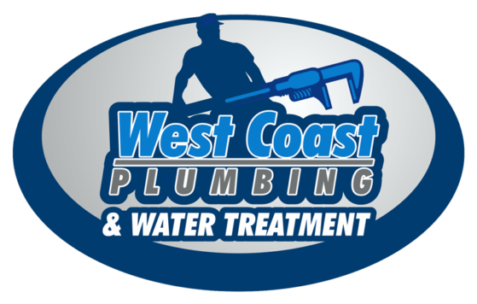6 Top Tips for Water Heater Maintenance

When it comes to owning a home, there are a number of things you need to do annually to maintain the appliances. One of the most important and expensive pieces of equipment in your home is your water heater (and if you’ve ever been forced to take a cold shower because your water heater has broken down, you know what we mean). This month we look at the top tips to maintain your water heater to extend it’s life and keep you in hot water all year long.
- First and foremost, you need to know what kind of water heater you’ve got. Is it electrical, natural gas, or propane? Does it have a tank or is it tankless? You should also have all of the pertinent information about it written down in a safe place in case anything happens to it. So write down the model number and serial number of your water heater, as this information typically has the age and gallon capacity coded into it, and have the warranty information with it. This information will be the first thing our plumbers will ask you when they come to fix or perform maintenance tasks on your water heater.
- Know how to turn off the water and the fuel or power supply to the water heater. Any time there is an emergency, whether it’s a leak or perhaps a smell of gas you will need to turn both of these off, so knowing how to do it ahead of time is imperative. Most water shut-off valves are located above the water heater on the cold side of the piping. You should also know the location of the water shut-off valve coming into your home. There should also be a gas valve or disconnect switch nearby your water heater and it’s a good idea to know which breaker is used for the water heater, or where your main gas shut-off valve is.
- Be sure to maintain some space around your water heater as storing items too close to the heater could be a fire hazard. Also, gas fired water heaters need a supply of oxygen to burn the gas, so you don’t want to smother that. Finally, you might not catch leaks in a timely way if the area is hidden from view.
- Test the temperature relief valve annually and replace it every three years. Both gas and electric water heaters have a safety device called a temperature and pressure relief valve, or T&P valve for short. In the event the tank overpressurizes, the relief valve opens and releases the pressure. If the valve doesn’t operate correctly, the tank can overpressurize and explode. You can annually test the temperature-pressure relief valve by quickly discharging it two or three times. Start by turning off the electricity or gas to extinguish the pilot light. Shut off the cold-water inlet to the water heater. Place a bucket to catch water from the pressure relief valve. Pull the trip lever on the valve. You should hear a slight rush of air or see some water and vapor exit through the pressure relief valve. If you don’t, drain the tank and have the valve replaced. Following the testing, keep an eye out for small leaks from the valve.
- Annually flush the tank. A buildup of sediment in your tank can reduce your water heater’s energy efficiency and also clog your water lines. Avoid these problems and increase the life of your unit by flushing the tank when you check the pressure relief valve annually. So once you’ve tested the pressure relief valve, and while the energy source and cold-water inlet are still off, connect a garden hose to the tank’s drain valve. Put the draining end of the hose in an area that won’t be adversely affected by the scalding hot water. With the pressure relief valve open, open the drain valve and allow the tank to drain completely. Completely draining the tank ensures that you’ve removed all of the sediment possible. Close the tank drain valve, disconnect the hose from the valve and close the pressure relief valve. Open all the hot-water spigots in the house, and turn on the cold-water inlet to the tank. Close each hot-water spigot as water begins to flow from it. After all the spigots are closed, turn on the electricity to the water heater, or turn the gas switch to run. Once that is done and the tank has been refilled, turn the thermostat back to the desired setting.
- Examine the sacrificial anode rod every three years by loosening the hex head screw and removing it. Have the rod replaced if:
- More than 6-inches of the core steel wire is exposed.
- The rod is less than 1/2 inch thick.
- The rod is coated with calcium.
